Specifically, the three relics ranked as special national relics this time include: Hang Xom Trai archaeological site and Mai Da Lang Vanh (Lac Son district, Hoa Binh province); Vinh Hung archaeological site (Vinh Loi district, Bac Lieu province); Truong Dinh uprising historical site (Go Cong town, Go Cong Dong district and Tan Phu Dong district, Tien Giang province).
The relic protection area is determined according to the Minutes and Map of relic protection areas in the dossier.
The Deputy Prime Minister assigned the Minister of Culture, Sports and Tourism and the Chairmen of People's Committees at all levels where there are ranked relics, within the scope of their tasks and powers, to carry out state management of relics in accordance with the provisions of the law on cultural heritage.
Archaeological site of Hang Xom Trai and Mai Da Lang Vanh ( Hoa Binh )
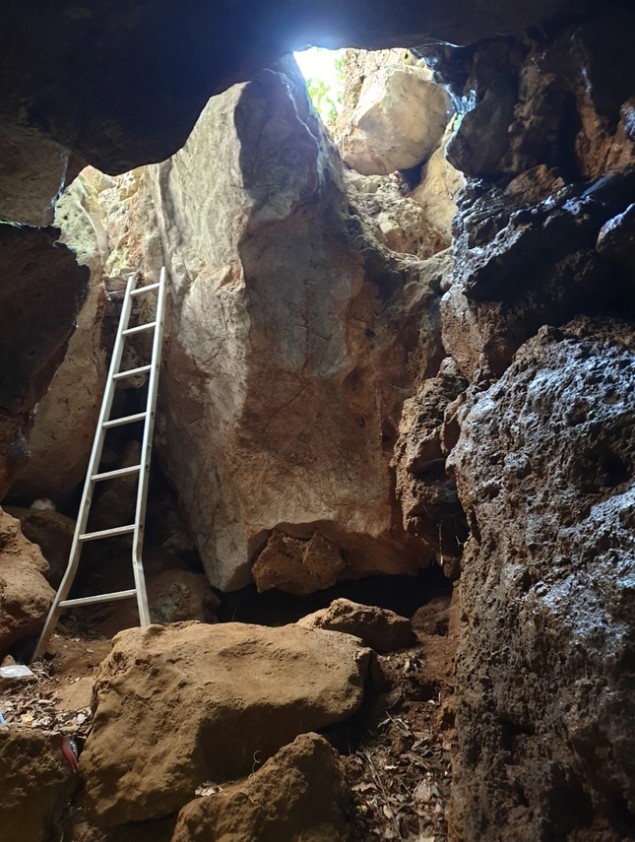
Vanh village cave is right next to the primitive residence at Vanh village rock shelter. Inside the cave there is a small lake and many archaeological remains of Hoa Binh culture residents.
These are two famous archaeological sites of Hoa Binh culture, both located in Lac Son district, Hoa Binh province, about 5km apart as the crow flies. Lang Vanh stone roof was discovered and excavated by French archaeologist Madeleine Colani in 1929. The content of the excavation was only briefly presented in EFEO 1929 (Journal of the French School of the Far East, 1929 issue), but it attracted special attention from domestic and foreign researchers.
Meanwhile, Hang Xom Trai was discovered in 1975 and was continuously excavated and researched in many years 1980, 1981, 1982, 1986, 2004, 2008.
Both sites have been meticulously and systematically dated by C14, allowing for the earliest dating to be over 20,000 years ago. Both sites have been ranked as National Archaeological Sites.
Vinh Hung archaeological site (Bac Lieu)
Vinh Hung ancient tower is located in Trung Hung 1B hamlet, Vinh Hung A commune, Vinh Loi district, Bac Lieu province. In 1992, the tower was ranked as a national historical and architectural relic by the Ministry of Culture and Information.
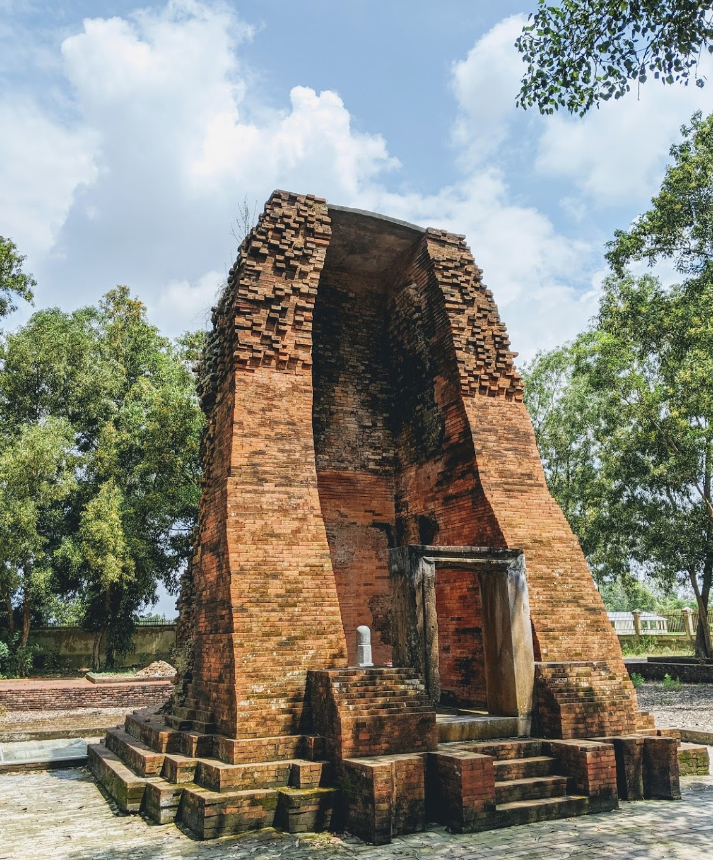
The main materials used to build Vinh Hung tower are mainly bricks, tiles and stones, especially rectangular bricks.
Vinh Hung ancient tower was built on a large area of land, about 100m2, with the height of the ancient tower being about 50m higher than the surrounding fields. The tower is about 8.2m high, measured from the base of the tower.
The tower was built with two types of bricks of different colors. From the base of the tower to a height of 4m, red bricks were used, and from 4m up, white bricks were used. Looking from the main door, you can see the Linga – Yoni set symbolizing the harmony of yin and yang, which has been restored. The original Linga – Yoni set is being preserved in the museum.
The wall at the base of the tower is about 1.8 m thick, the higher up the wall the thinner it gets, the roof is designed to slope towards the top of the tower to form a dome shape. The door of the tower faces southwest, unlike the ancient tower of Binh Thanh Tay Ninh and other ancient towers of the Cham people in the central region, these towers often have the main door facing east.
This ancient tower has been studied and researched by archaeologists since its discovery. This is not only the only remaining tower architecture of the Oc-Eo culture in the Southwest, but during the excavation at Vinh Hung tower, archaeologists also collected many extremely valuable artifacts with many stone statues, bronze, ceramics, precious stones... marking a rather long period of existence and development (from the 4th century to the 13th century AD) of Vinh Hung ancient tower.
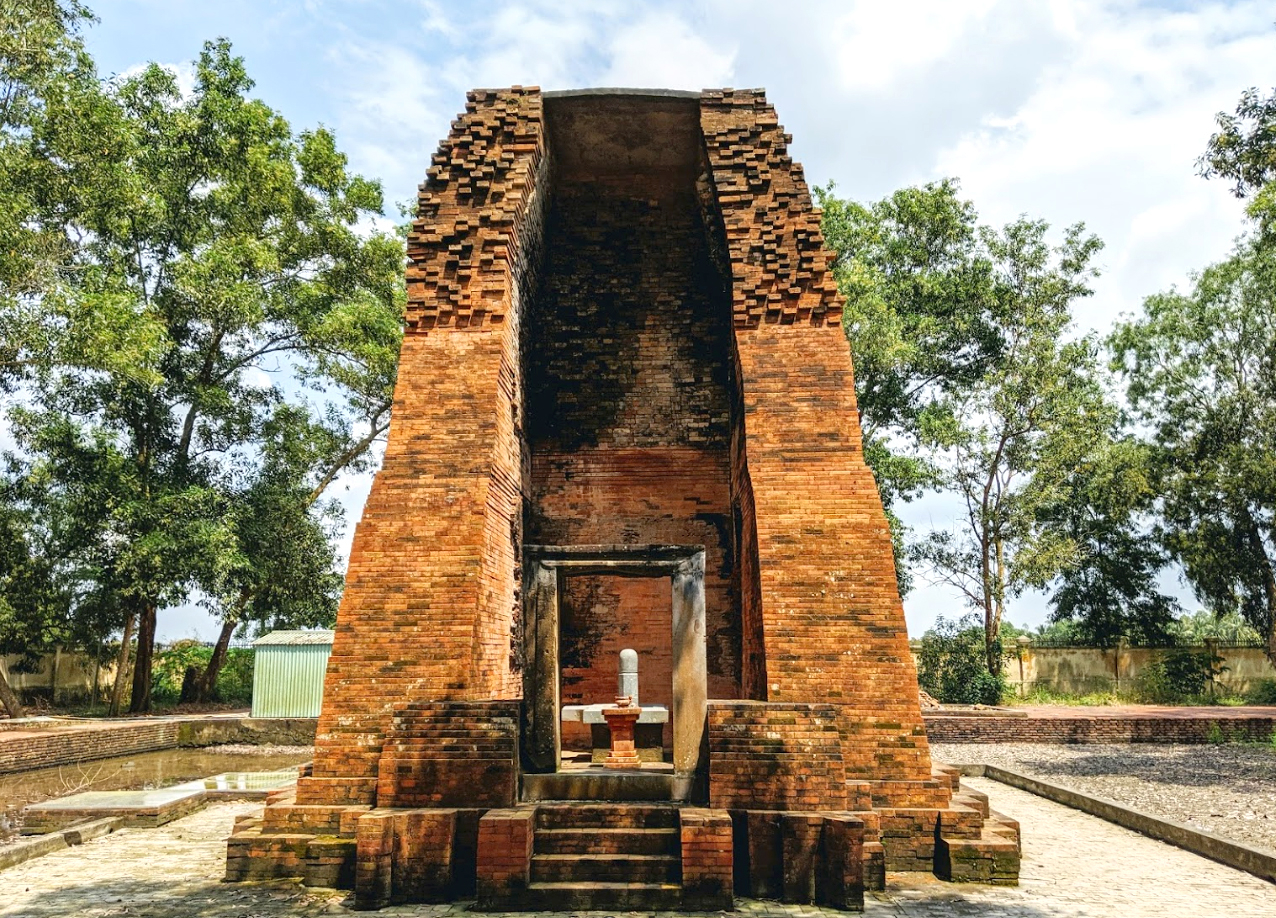
Vinh Hung ancient tower was built with special techniques and still stands firmly after thousands of years.
Many valuable artifacts were discovered during the surveys, including: a Goddess statue carved in the traditional style of the Oc Eo Phu Nam round statue, the right hand of the "Goddess Statue", some Linga - Yoni, pottery used in daily life and especially a set of bronze statues that archaeologists consider a unique collection of statues, "national treasures", including a number of unique statues of very high value.
In 2011, Vinh Hung tower relic was restored and embellished with items: exhibition house, stele house, guard house, fence and some other items to preserve and promote the value of the relic.
Historical relics of Truong Dinh uprising sites (Tien Giang)
The complex of relics of sites related to the Truong Dinh uprising includes: Truong Dinh Temple, Dark Leaf Field, Dinh Pond... in which the area of Truong Dinh Tomb and Temple relics located on Phan Dinh Phung Street, Go Cong Town, Tien Giang Province is the place to worship national hero Truong Dinh.
The mausoleum and temple of Truong Dinh is divided into two parts, including the temple and the mausoleum. Regarding the tomb, Truong Dinh's mausoleum has a design that is typical of Southern Vietnamese architecture. The tomb is built with o duoc compound - a type of adhesive material, in the shape of a reclining elephant.
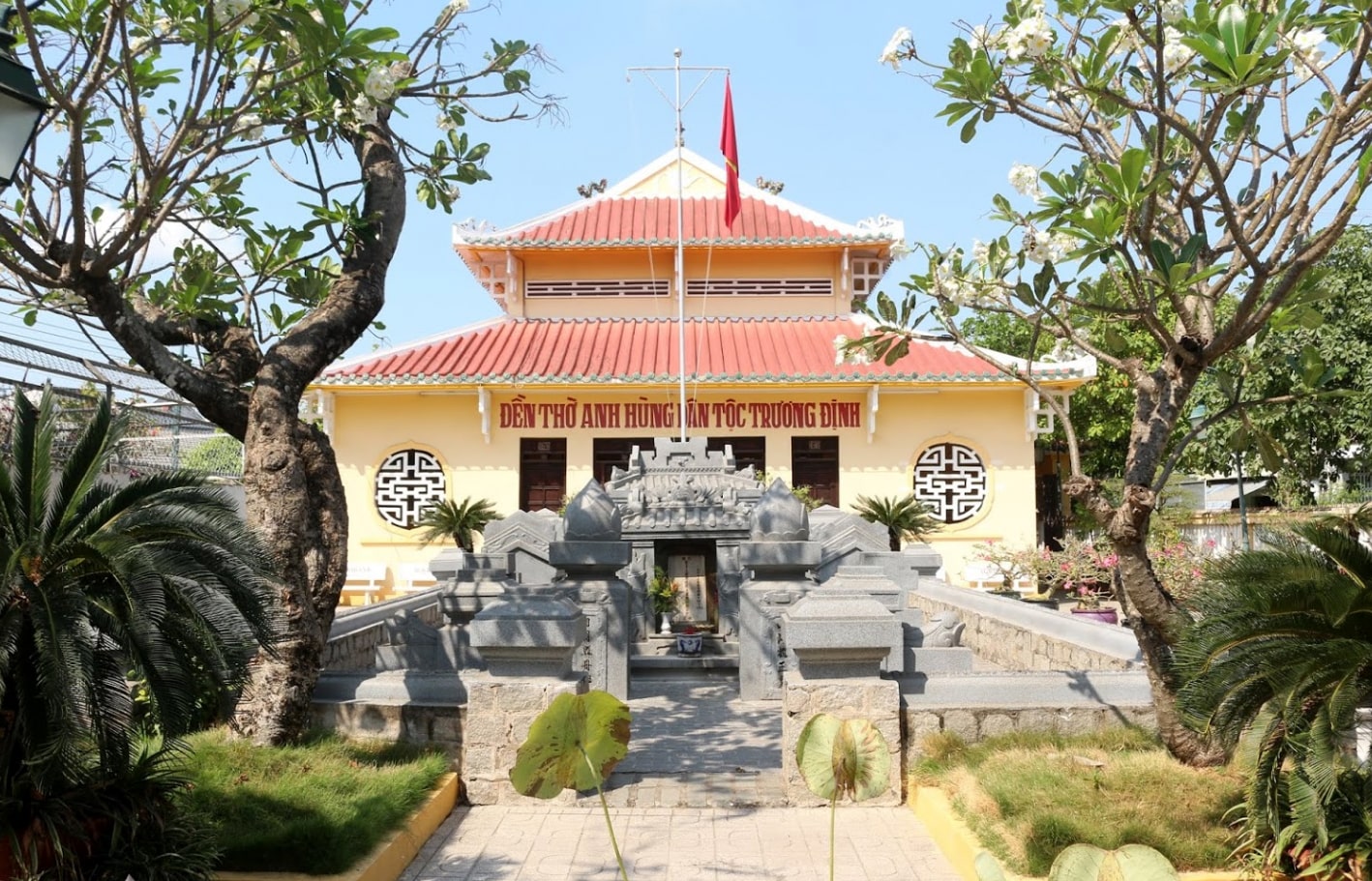
Truong Dinh tomb and temple relic.
In addition to the mausoleum and temple in the town center, in Gia Thuan, Go Cong Dong, the place called "Dark Leaves" where the hero's army chose as a base to fight the French, the people also built another temple to worship him.
On August 30, 1987, the Truong Dinh Tomb and Temple located in Go Cong town was granted a certificate as a National Monument by the Ministry of Culture and Information (now the Ministry of Culture, Sports and Tourism). In addition, the Truong Dinh Temple in Gia Thuan, Go Cong Dong district was also recognized as a National Monument in 2004.
Currently, Tien Giang province has a policy to expand the National Hero Truong Dinh Temple Relic Site (Gia Thuan commune, Go Cong Dong district), restore the historical relic "Dam la toi troi" and relics related to Truong Dinh uprising to become a center for community activities and organize festivals in the eastern districts, while contributing to the development of tourism in the province.
Di Ai
Source: https://www.congluan.vn/xep-hang-3-di-tich-quoc-gia-dac-biet-tai-hoa-binh-bac-lieu-va-tien-giang-post304029.html



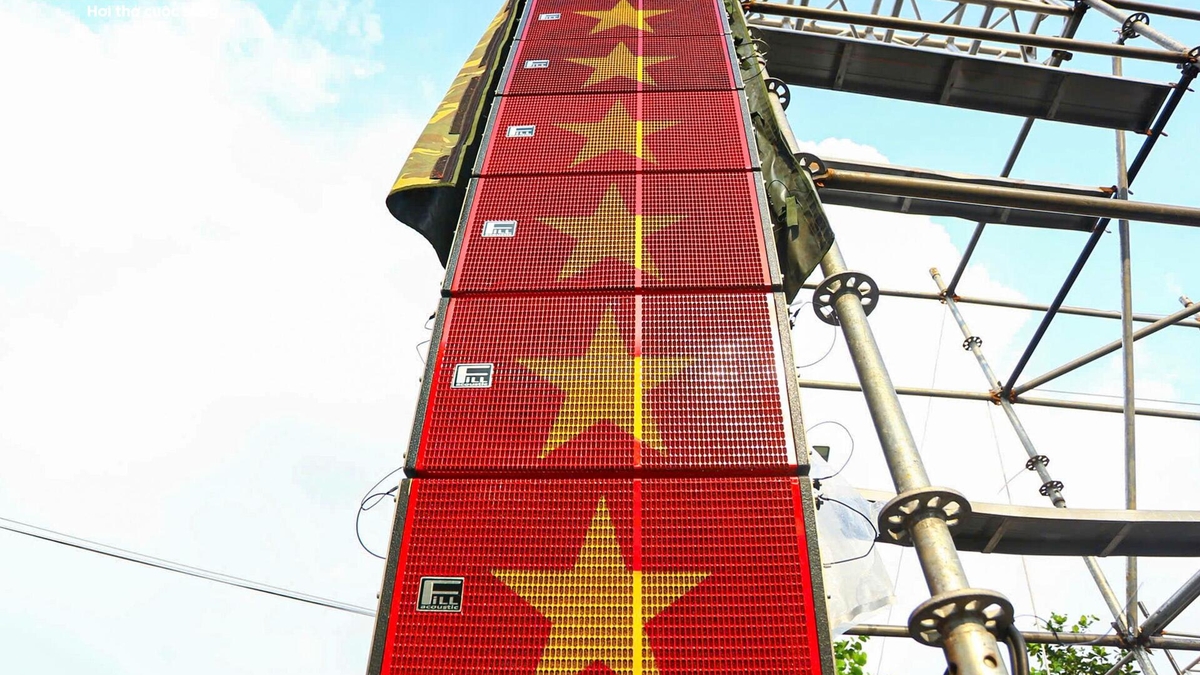
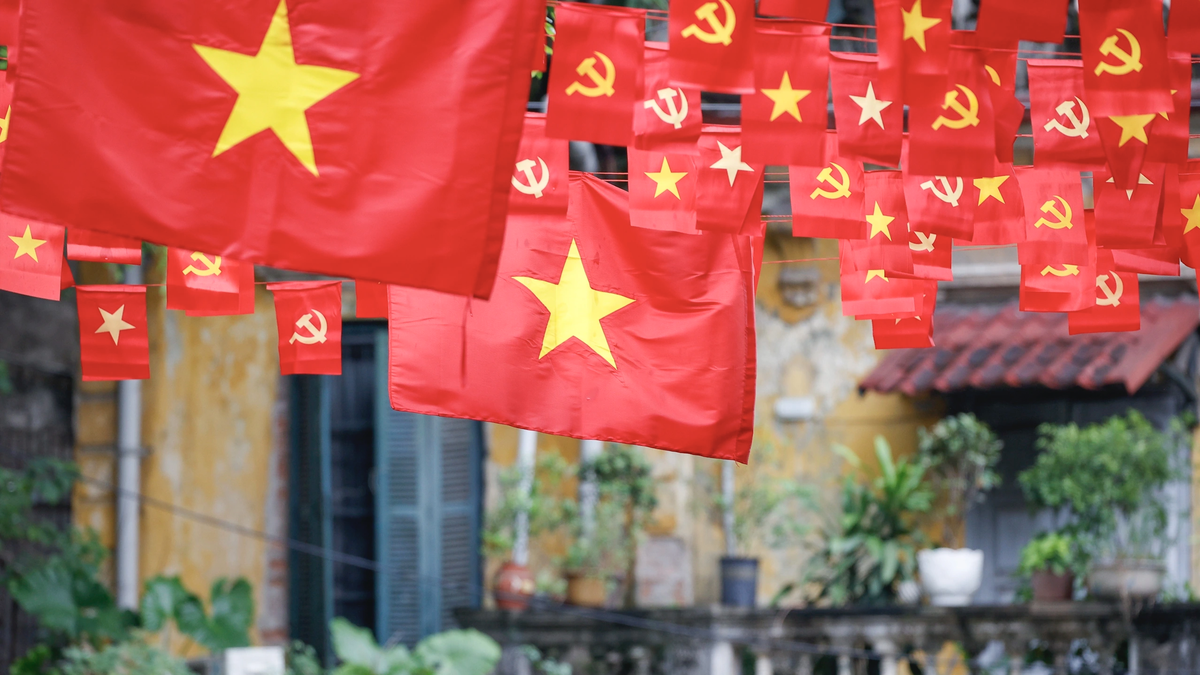
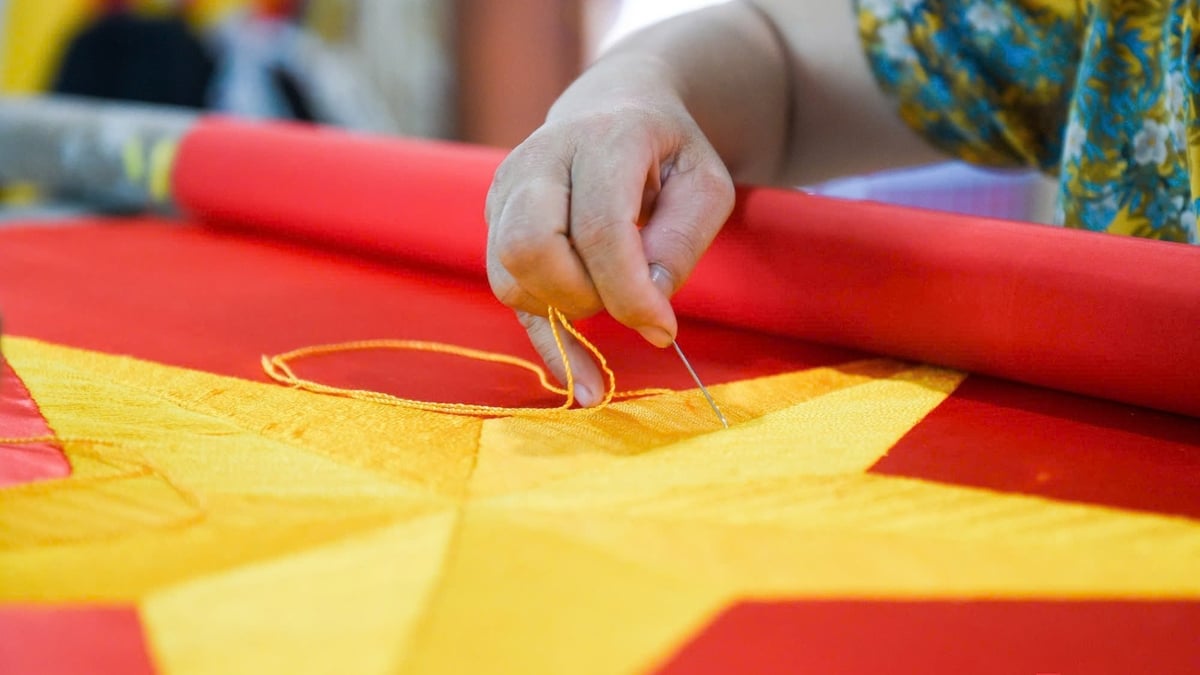
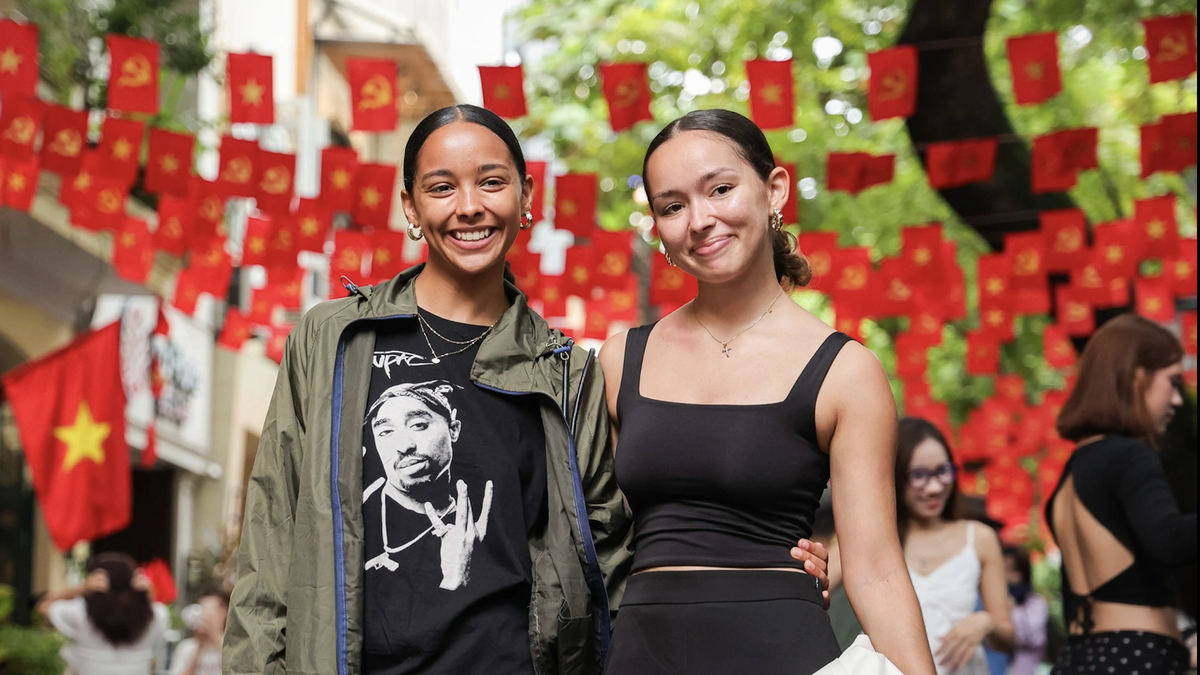




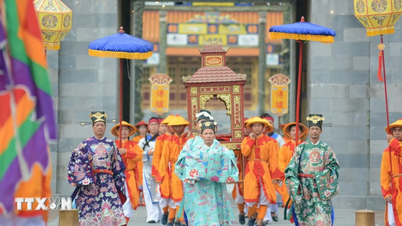


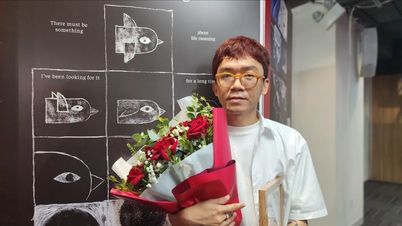


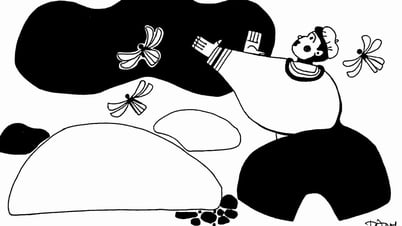







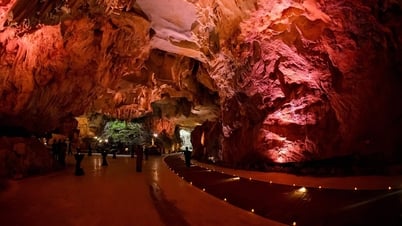


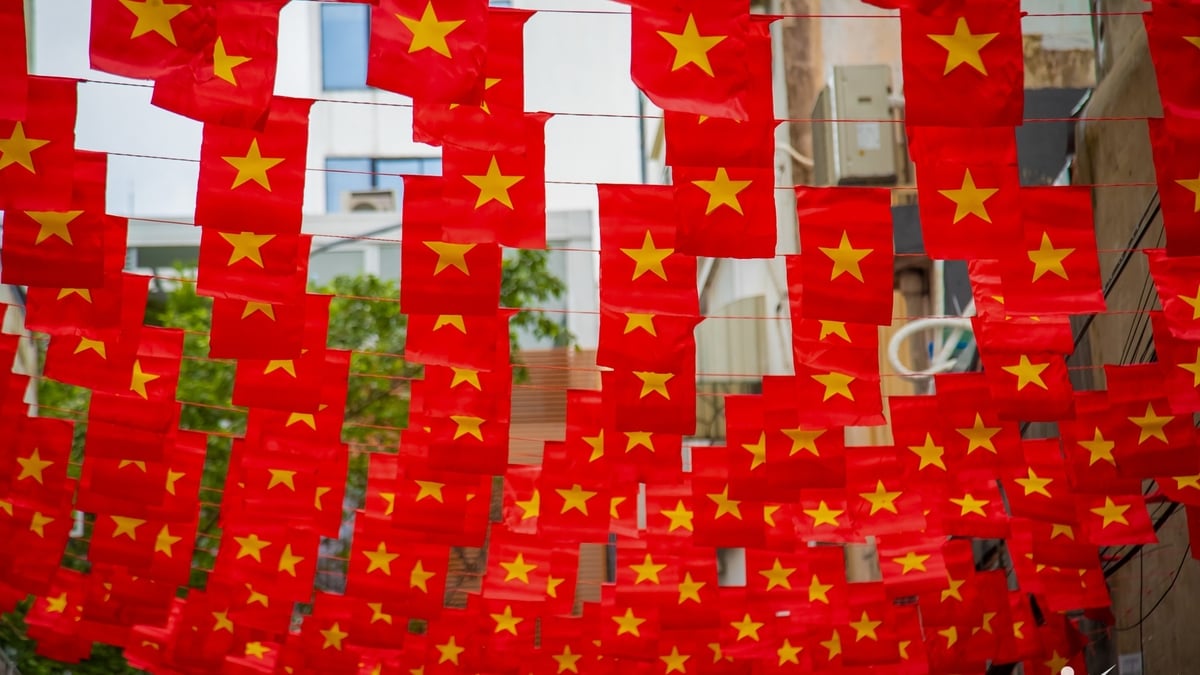
















































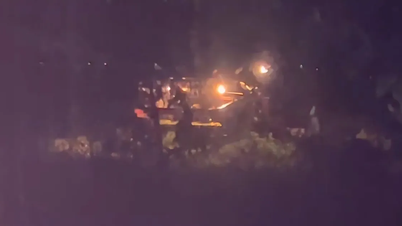


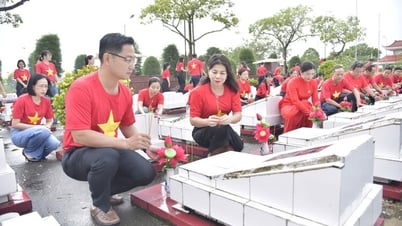


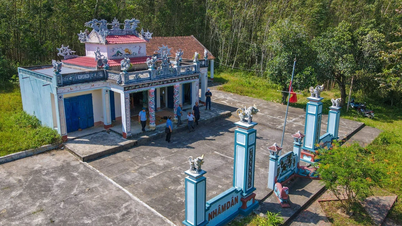













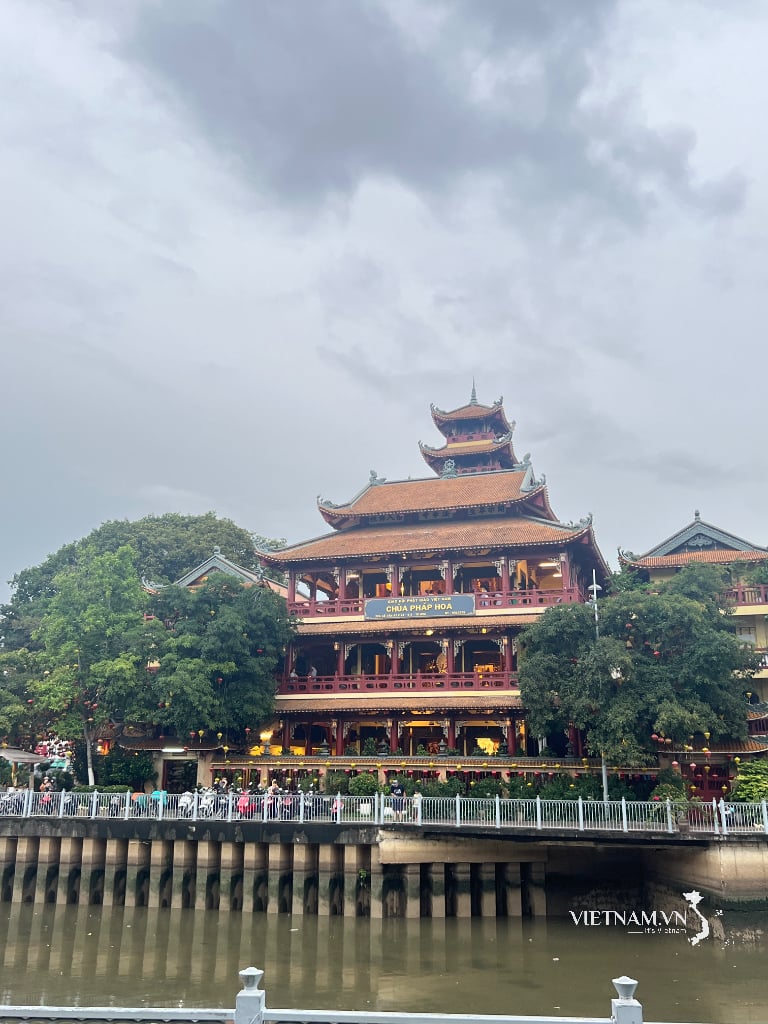

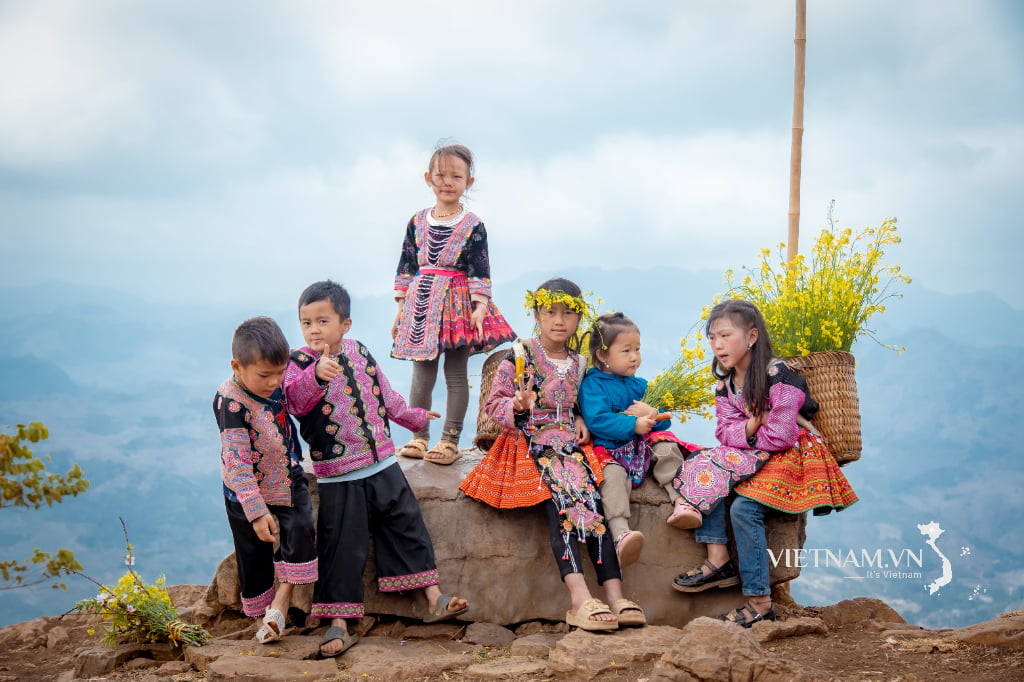
Comment (0)